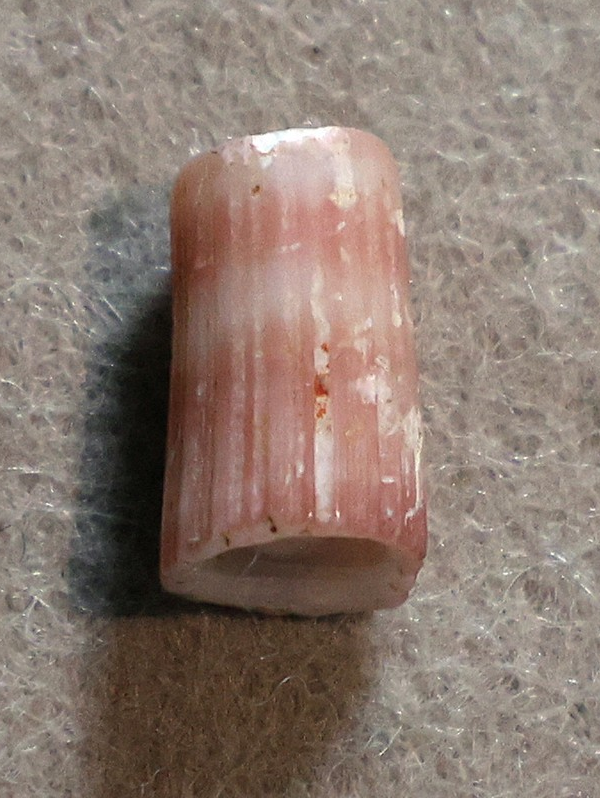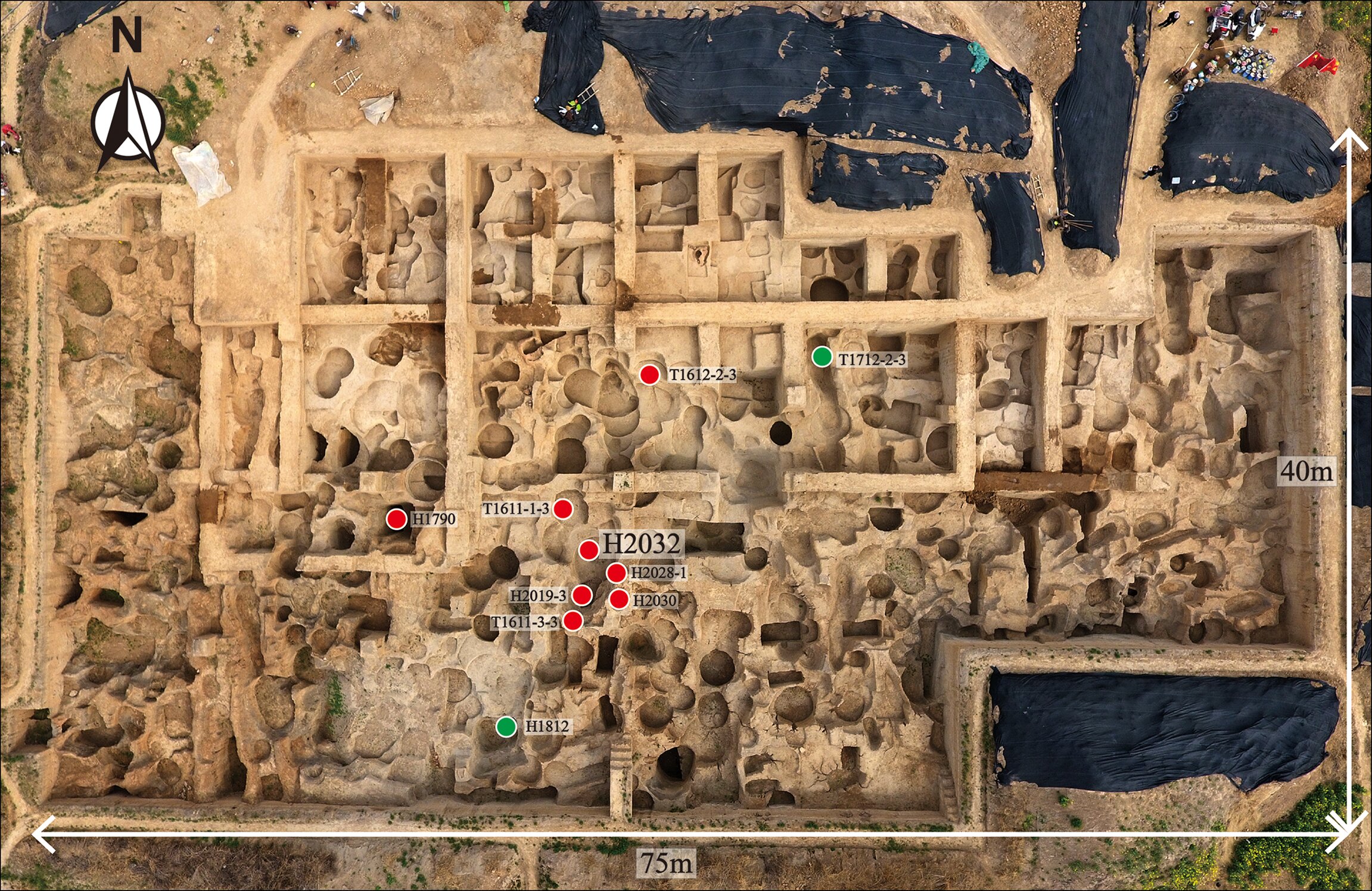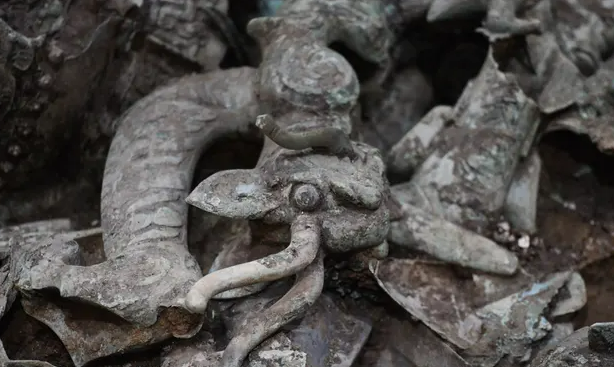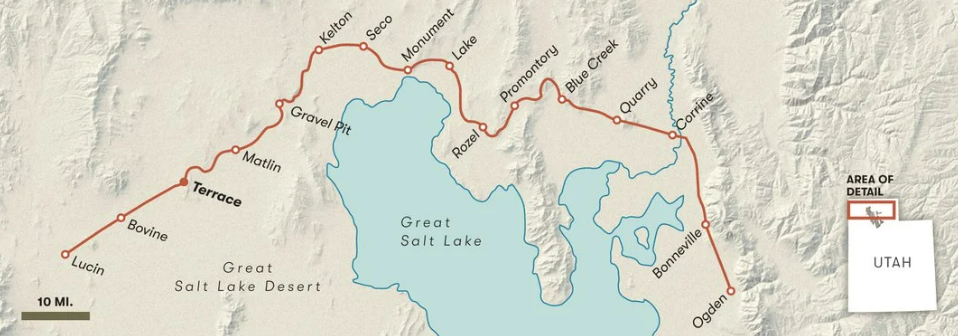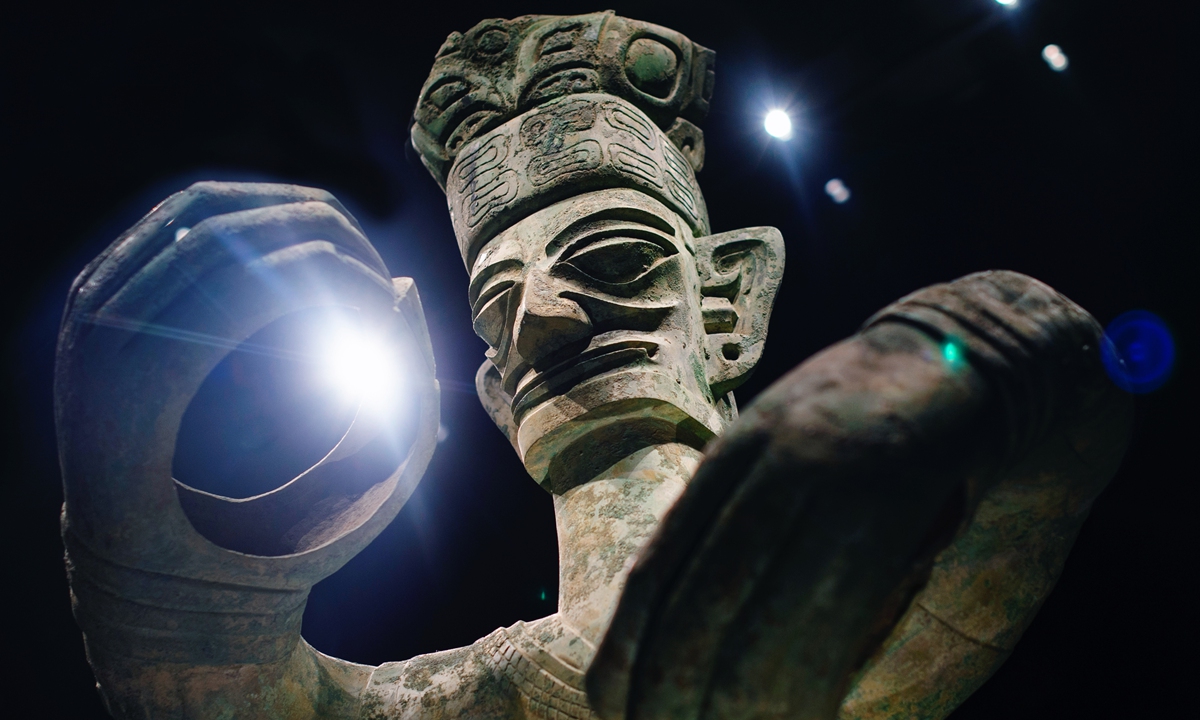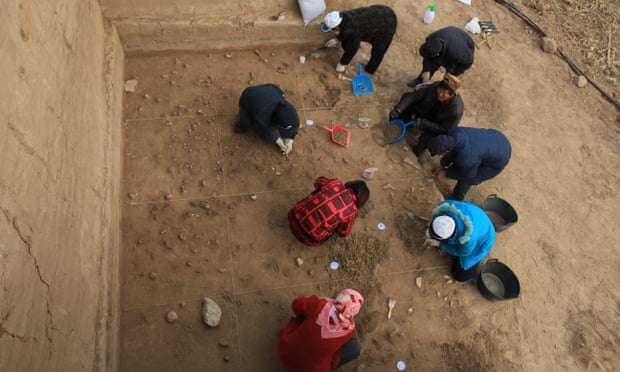NAHA -- Japan's oldest-known color accessory has been unearthed from a stratum in cave ruins dating back to the Paleolithic period about 23,000 years ago in southernmost Okinawa Prefecture, a local museum announced on Oct. 21.
News tags
‘Dragon man’ skull reveals new branch of family tree more closely related to modern humans than Neanderthals
The discovery of a huge fossilised skull that was wrapped up and hidden in a Chinese well nearly 90 years ago has forced scientists to rewrite the story of human evolution.
Analysis of the remains has revealed a new branch of the human family tree that points to a previously unknown sister group more closely related to modern humans than the Neanderthals.
"A team of researchers from Zhengzhou University, the Modern Analysis and Computer Center of Zhengzhou University and Peking University, all in China, has found evidence of what appears to be the oldest coin-minting operation ever uncovered. In their paper published in the Cambridge University journal Antiquity, the group describes their discovery and study of coins and minting molds found at a dig site in Henan Province, China, and what they have learned about it."
"Researchers have deciphered enigmatic recipes for metal-making contained in an ancient Chinese text, revealing unexpected complexity in the art at the time.
Six chemical formulas are given in a Chinese text from 300BC known as the Kaogong ji. The manuscript, known as The World’s Oldest Encyclopedia of Technologies, forms part of a detailed archive of early imperial rule, which archeologists have been trying to decode since the 1920s."
The desert of far northwestern Utah stretches 60 miles from the arid border of Nevada to the saline-crusted shores of the Great Salt Lake. The terrain is exceedingly flat, punctuated only by the intermittent dry arroyo, rocky hill or volcanic cinder cone. Horned lizards and jack rabbits dart between thorny shrubs and scrawny box elder trees. Apart from the occasional cattle ranch or sheep-herding camp, the landscape appears desolate and lonely, forgotten in the expanse of geologic time.
Chinese President Xi Jinping recently stressed the importance of furthering the study of Chinese civilization to enhance the historical awareness and cultural confidence of the Communist Party of China (CPC) and society, while unswervingly following the path of socialism with Chinese characteristics to realize national rejuvenation.
When did populations of Homo sapiens first arrive in China and what happened when they encountered the Denisovans or Neanderthals who lived there? A new study in Nature by an international team of researchers opens a window into hunter-gatherer lifestyles 40,000 years ago. Archaeological excavations at the site of Xiamabei in the Nihewan Basin of northern China have revealed the presence of innovative behaviors and unique toolkits.
The Asian Studies Program at Vanderbilt University is accepting applications for a tenure-track Assistant Professor in Asian Environmental Studies to begin in the Fall 2020 semester. Regional specialization is open to any area(s) of East, South, and Southeast Asia. Academic training may come from any discipline(s) in the humanities, social sciences, and natural sciences.
The UNESCO Chair on Heritage Futures at Linnaeus University in Sweden invites applications for a
Post-doctoral Fellowship (2 years full-time) in Heritage Futures

